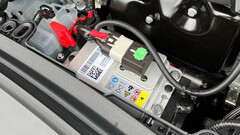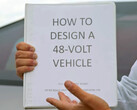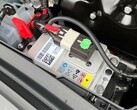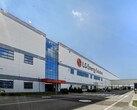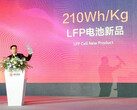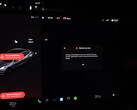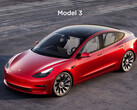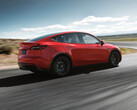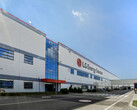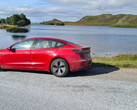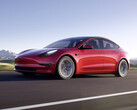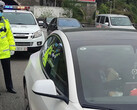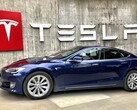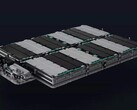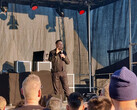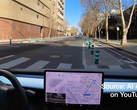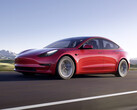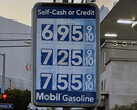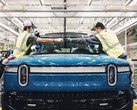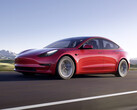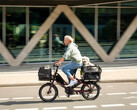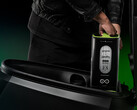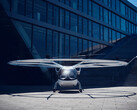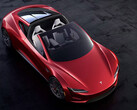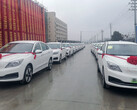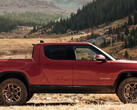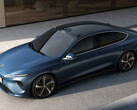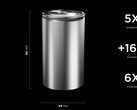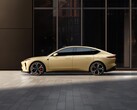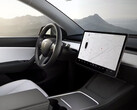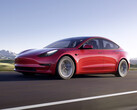Last summer, Model 3 reservation holders started receiving emails from Tesla that they can get their cars delivered much earlier if they opt for the version with an LFP (lithium ferrophosphate) battery instead of the ones with the traditional NCA (Nickel-Cobalt-Aluminum Oxide) units coming from the Fremont plant. Tesla produces Model 3 with LFP batteries in its Shanghai factory in China and, since iron is cheaper and more plentiful than what's in the NCA packs, it can produce them much faster. Those in North America who opted for an early delivery started receiving their new Tesla cars back in January, but the quirks of the LFP battery systems started showing up shortly thereafter. Elon Musk is on record defending the move to LFP batteries for its normal range EVs with the following argument:
The main differences for you to consider are that the LFP battery has a slightly shorter range, 253 miles, as opposed to the NCA battery, 263 miles. But that slight difference in range is deceptive. The NCA battery probably shouldn't be charged to 100%. Fully charging the battery causes damage to the battery making it likely to deteriorate over the years of ownership. It's perfectly fine to charge the LFP battery to 100% so the driver experience is pretty much the same except for a couple caveats.
One of those caveats seems to be drivers left stranded because of LFP battery calibration issues that result in incorrect range estimate and dead 12V batteries. Tesla just moved to Li-ion 12V batteries for the electric windows or the car's infotainment system from old lead-acid ones, but even the new packs gave up the ghost 20 minutes after the main LFP battery displayed less than a 10% charge remaining, as exemplified by one owner's comment.
This exact issue happened to my brand new model 3 a few weeks ago. Day 1 of getting the car I had to drive 150 miles. Mileage said 250 when I picked up the car from Tesla. The battery started to drop precipitously, on my way home I started to reroute to a super charger. I had 20 miles left on the battery, and 10 miles to drive to the charger. I turned off all heat and drove 50 mph from about 10 minutes before. Car died a mile away from the super charger in the middle of the road, while the screen said 5 miles battery left. Left us stranded at 12am in middle of the road. Cops called a tow truck, towed us to Super charger, but car completely died at that point and couldn’t even be charged. Had to leave the car at the super charger over night with the window stuck open until I could get towed to Tesla the next morning. After a few days Tesla told me my car is fine and nothings wrong with it, after demanding to speak with the tech or refusing pickup, they finally allowed him to speak with me a couple days later. He said the battery was uncalibrated as mentioned in this article, I’m happy that this is getting the attention that it deserves.
What Tesla now offers is that owners of its cars with LFP batteries charge them to 100% at least once weekly and advises that even setting the charge limit to 100% at all times won't do harm to the LFP pack in the long run as well. Here's the message that those owners got recently:
The charge limit in your vehicle has been automatically adjusted to 100%. The range display in your vehicle is undergoing calibration. Until calibrated, displayed range my under or overestimate compared to distance driven. To improve accuracy, charge to 100%. It is recommended for this configuration of vehicle to keep your charge limit set to 100%, even for daily use, and that you also fully charge to 100% at least once per week.
In other words, those "caveats" of using LFP batteries that Elon Musk warned about are in this instance solved by the biggest advantage of LFP units compared to their NCA counterparts, the ability to charge them to 100% more often without battery degradation.
New Model 3 and Y vehicles also include the new 12v battery. pic.twitter.com/oXw4w6S7YR
— Teslascope (@teslascope) December 28, 2021
Investigating
— Elon Musk (@elonmusk) March 2, 2022


 Deutsch
Deutsch English
English Español
Español Français
Français Italiano
Italiano Nederlands
Nederlands Polski
Polski Português
Português Русский
Русский Türkçe
Türkçe Svenska
Svenska Chinese
Chinese Magyar
Magyar